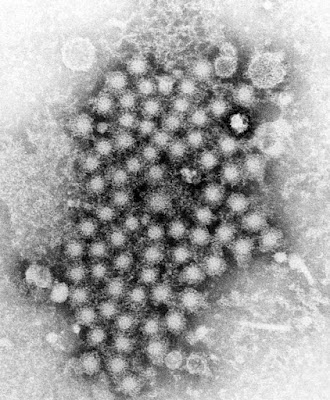
It first light, we left Isla Meanguera along with our buddy boat - Passion. Dick and Nancy, one of the cruising couples we spent Christmas with at Barillas, suggested we stop at Puesta del Sol - a marina in Nicaragua about 50 miles from the Golfo de Fonseca. We thought a couple of days there for some R & R sounded good, and the cruising guide said they had reasonably priced moorings available.
It was a nice day sail, and we arrived at the mouth of the estuary Puesta del Sol was tucked into before sunset. The channel was nicely marked with red and green buoys to guide us in. Although their staff was directing us to a slip, we preferred the less expensive mooring. We passed the docks and proceeded directly to the mooring area of the marina. After we got tied up, a panga came by and handed us a flyer with rules, policies, prices, etc. I looked it over as the panga went to hand one to Passion as well.
On the price sheet, it said the cost for a slip was $1.25 per foot, per day for the first two days and $1.00 per foot after that. It listed the price for a mooring at $1.25 per foot, per day for the first two days and .50 cents per foot, per day after that. The guide had indicated the moorings were .50 cents a foot, with a higher rate the first two days - we expected to pay .75 per foot per day. I confirmed with the Panguero that the price was correct, asking incredulously: "It's the same price for a slip as a mooring?" "Yes" he said. We quickly realized we'd make a mistake coming there.
We moved off the moorings and into slips, thinking we'd leave the next day without clearing in/out. Alas, no that was not possible. The officials had been called upon our arrival and we're already en route. Once they arrived, seemingly never ending sheets a paper were generated - with a long list of fees for this and fees for that. We said we wanted to leave that day, but the officials insisted we had to wait until they returned - at 2:00 pm to clear us out. In short, our "quick stop" of one night in Nicaragua cost us well over $200! If we'd only had know.
There was a silver lining in the story of this port: we meet great cruising friends there who we were delighted to spend time with and travel south with. South Africans Neville and Maggie on Blue - a beautiful expedition-style trawler that used to be owned by John McVee of Fleetwood Mac had the slip to our port side. On the other side of them were Dick and Cindy on the steel sloop Mentor.
We also had a scrumptious and inexpensive lunch at Joe's. There was an adorable little kitten I just had to share my lunch with. He's a former cruiser that swallowed the hook and decided to stay there 6 years ago. Our cruising guide said anchoring in the estuary near the marina was possible, but complicated due to "politics". It said there was a cruiser who got permission from the Port Captain to anchor there, only to have his boat removed by the Navy 23 days later. It turns out that was Joe's boat!
It's still at anchor near the estuary, a source of irritation to the marina owners. According to Joe, the Port Authorities in Managua encourage yachts to anchor and will issue permits freely to do so. Unfortunately, the marina owners have the local Port Authorities in their back pocket. If yachts can anchor for free in the estuary, the marina isn't making money. Get it? Oh yeah, this is another one of those empty marina/resorts. Can't see how they are making it as a business. According to Joe, the washing machine is running at full chat.













